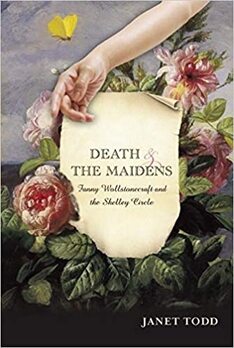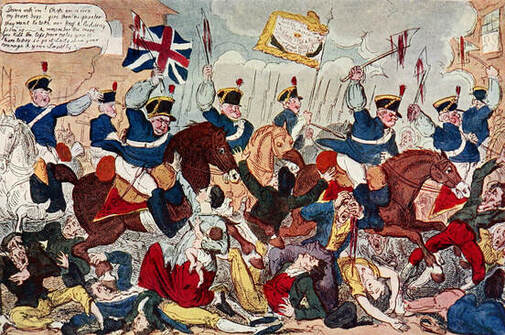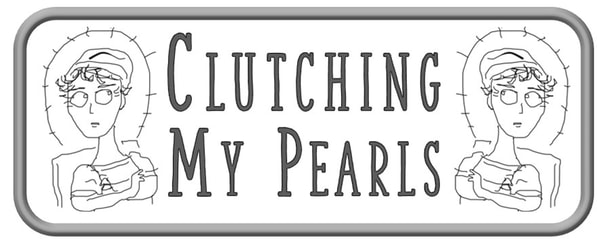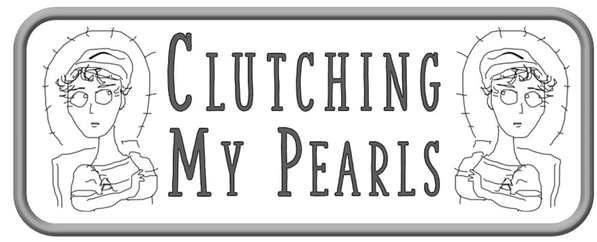| The magistrates of Manchester, watching the assembly from an upstairs window, panicked and sent a troop of undisciplined and possibly drunk Yeoman Cavalry into the crowd to arrest Hunt before he could speak. The cavalry, composed of the sons and social peers of local mill owners, decided to confiscate the banners carried by various groups, and they pushed their way into the tightly-packed crowd, hacking with their swords. Mayhem ensued, hundreds were injured and at least 19 were killed. The melee became known as "Peterloo,"; a mocking reference to Waterloo, contrasting the soldiers at Waterloo with the brutality of the Yeoman cavalry who attacked defenseless people. |
|
Video performances bring the people of Peterloo to life The event known to history as the Peterloo Massacre took place on August 16, 1819, when a large gathering of working class men, women and children was illegally attacked and dispersed. They had come to hear the famous radical orator Henry Hunt speak about parliamentary reform and had assembled peacefully in their thousands in St. Peter's field in the industrial city of Manchester. Manchester at that time had no parliamentary representation at all, let alone votes for working people. I included the Peterloo Massacre in the final book of my Mansfield Trilogy. Speaking for myself, I am more interested in understanding the point of view of the authorities than I am in condemning them. Plus, I wanted to represent the views of both sides in my novel, not create a one-sided piece of agitprop like Mike Lee's Peterloo movie of 2018. After researching the original accounts of the massacre and the events leading up to that day, I felt that there were sincere and well-meaning people on both sides as well as people determined to manipulate public opinion by pushing their own agendas. I did not see it simply as Goodies (the working class) vs the Baddies (the government and the capitalist mill-owners).
0 Comments
Death and the Maidens: Fanny Wollstonecraft and the Shelley Circle, by Janet Todd
Book Review: Death and the Maidens  Not the current cover, but this one's prettier! Not the current cover, but this one's prettier! This is the story of the famous Shelley/Wollstonecraft/Godwin romance/scandal, told with an emphasis on two young women who were caught between idealistic and unrealistic Romantic anarchism on the one hand and an unforgiving social code on the other. One of the things that make this true story so fascinating to me is its applicability to the "Let's live in a commune" "free love" resurgence of the late 1960's and 70's which also ended mostly in squalor and broken relationships. Fanny Wollstonecraft was Mary Wollstonecraft's illegitimate daughter by a faithless lover, and Harriet Westbrook Shelley was the poet Percy Bysshe Shelley's first wife. There are, I believe, no surviving portraits of either of them. Poor Fanny grew up in a blended household. Her step-father was the philosopher William Godwin. Mary Wollstonecraft was briefly his lover, then his wife. She died after giving birth to Mary, the future author of Frankenstein. Godwin later married a neighbor who had two children by two different fathers, leading to a household in which none of the six children had the same set of parents. Janet Todd uses the surviving written records and makes intelligent surmises to fill in the gaps, recreating the emotions and attitudes of the unhappy, cash-pinched household on Skinner Street and the fatal last journey that Fanny took before she killed herself.
CMP#49 An Innovator in Exposition -- plus, 18th Century Girl Power!  The Gypsy Countess (1799) is not an all-the-way Gothic novel in the sense of having haunted houses and evil priests, but it pulsates with mystery and melodrama. As is typical for 18th century novels, many of the plot twists rely upon death, coincidence and misunderstanding. There are not one but two evil step-mothers. Gunning uses lingering illness and fever a number of times when she needs to delay a plot resolution. The youngest of the three heroines, Ellen Cary, weeps her way through the book. To be fair, she has been separated from the man she loves by treachery and she’s being kept captive in an insane asylum. Comparing the style, tone, and realism of Jane Austen--versus the melodrama of The Gypsy Countess -- really brings home how Austen was radically different from her contemporaries. Having said that, I have not come to disparage The Gypsy Countess but to praise it. Two aspects of this book really deserve some credit, I think. The first is the independence and wit of the main two female characters.
CMP#48 Proud Beauties, or the Fate Worse Than Death
As a heroine, Fanny Price of Mansfield Park is notable for her steadfastness in resisting the pressure exerted upon her from all quarters to marry Henry Crawford. She is firm as a rock in her principles.
In Mozart's The Abduction from the Seraglio, (1782) (whose plot is similar to the English play The Sultan: Or, A Peep into the Seraglio (1775)) the beautiful Constance is a captive in a Turkish harem but she spurns Sultan Selim's advances, wishing to remain faithful to her true love Belmont.
The Sultan commands her to love him and threatens her with torture if she refuses. In the aria Martern aller Arten she responds that she chooses "every pain and grief." "Command, coerce me, roar, fulminate, rage. Death will liberate me in the end." |
About the author:Greetings! I blog about my research into Jane Austen and her world, plus a few other interests. My earlier posts (prior to June 2017) are about my time as a teacher of ESL in China (just click on "China" in the menu below). More about me here. Categories
All
Archives
July 2024
© Lona Manning 2024
|




 RSS Feed
RSS Feed